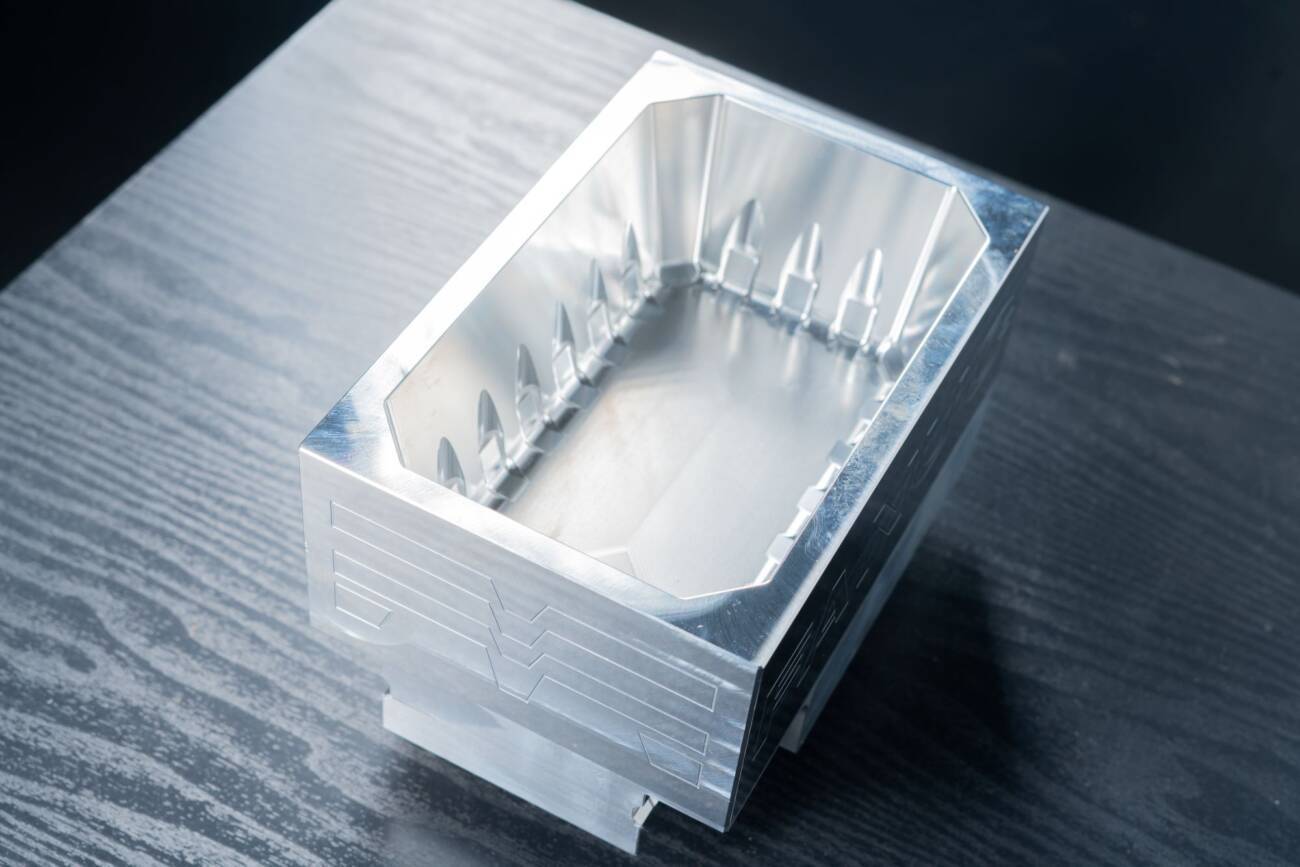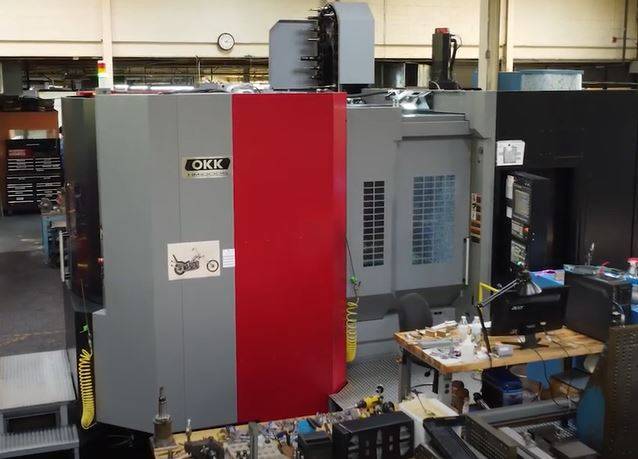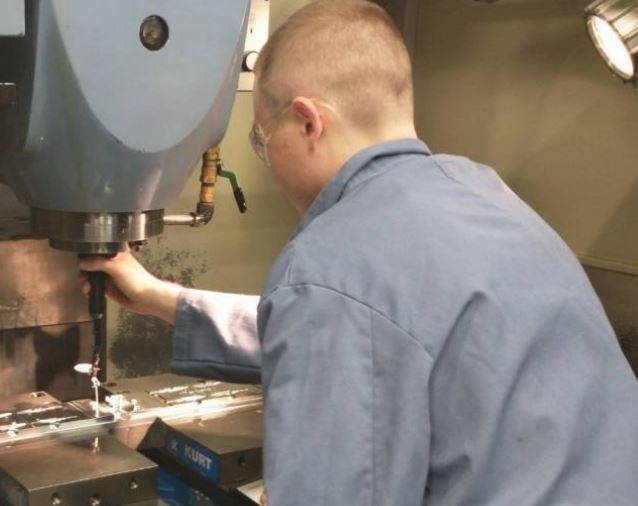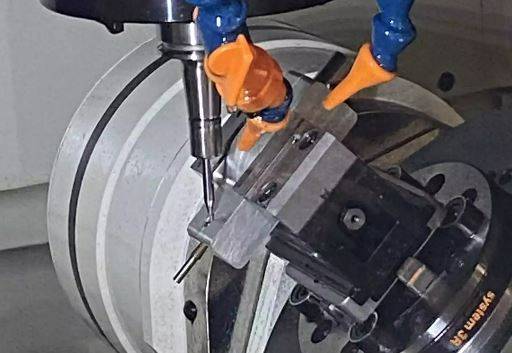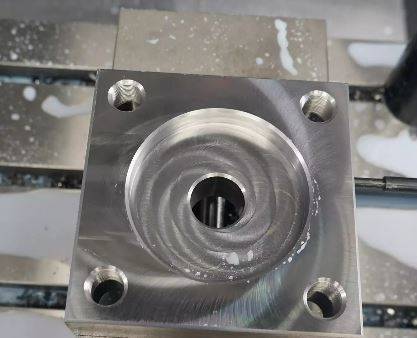The U.S. moldmaking market experienced turmoil over the last few decades as the industry saw a decline in domestic mold manufacturing. However, the post-COVID pandemic era has created renewed opportunities for moldmakers to seize new business.
As OEMs seek to reshore their supply chains with eyes on stability, quality, and speed to fulfillment, now is the time for U.S. moldmakers to re-evaluate their businesses and position themselves for growth.
Here are 5 ways moldmakers can generate real competitive advantages in today’s market.
1. How can I evolve my moldmaking processes to reduce my reliance on EDM and secondary operations?
Historically, the EDM process has been a big part of moldmaking. However, it is labor intensive and time consuming. The introduction of hard milling was a step forward to create a desirable operation to reduce your secondary EDM operations and reduce your cycle times.
Hard milling, combined with high speed machining, opens new opportunities to increase your production rates and achieve higher quality. Yasda paved the way in this area, which has enhanced moldmaking processes to reduce the burden on operators and reduce manual intervention. That means operators do not touch the part more than necessary, and a higher quality part comes off the machine.
Looking forward, it’s not just about acquiring a state-of-the-art machine. It’s about the totality of the moldmaking approach across people, process, and product.
So when designing your processes, evaluate what is required for that process to be developed in tandem with higher quality technology. Create a process that enables three- or five-axis applications that maximize run time with hard milling or high-speed machining.
2. How can I introduce automation into my moldmaking?
The best machines are capable of running long periods of time—days, nights, weekends—as long they are properly tooled and maintenanced. With enough tools and pallets, shops can move components in and out of the machine without operator intervention.
Automation takes many forms. However, automation does not mean *only* robotics. In many cases, an automated pallet system embedded in one machine and linked to other machines, including inspection machines, can deliver the desired infeed/outfeed system to achieve new process efficiencies.
Moving one component from one machine to another exhausts a lot of operator time. An automated pallet system accomplishing that work introduces automation and extends operating hours
3. How can I make the financial case for introducing automation into my business?
The financial case for automation should begin by analyzing your cost per employee—including labor rates and hours of operations—and devising a strategy to raise that revenue per employee. This is a key metric to gauge the overall health of your business.
As your revenue grows in tandem with the number of hours your shop operates, your operating costs will decrease. So, if your first shift has 10 people, second has five, and a third shift goes down another 25 percent, the operating costs of those two latter shifts have lowered the total cost of operation.
How do you get and achieve the same amount of output in those areas without having the operators involved? This goes back to key processes that you created, including palletization, automation, a highly-efficient, high-quality machine you run parts through at any time, and/or through the weekend.
For example, a shop measures $250,000 of revenue per employee—including operators, service, and administrative staff.
Per employee, that 10-person shop generates $2.5 million in revenue. It is a metric you can look at and best understand your profitability, competitiveness, and technology investments; and confirm whether your business model is working or not.
Through this lens, automation is not about reducing jobs. In fact, deployed strategically, automation should create jobs and strengthen your business. Automation allows companies to be more competitive, but shops still need high-quality technology and processes to assure parts coming off the machine are the same whether it’s the first part or the 50th.
4. How do I position my business for success?
Many of today’s OEMs are looking for molds to sustain 3 million (!) hits. That’s a big number, and a significant increase from the days of molds providing fewer than one million hits.
These higher demands require superior technology to deliver the expected quality in the least amount of time.
Secondly, drive investment for better machining centers and automation. What worked in the past is not a recipe for success in the future. Success in today’s mold market demands businesses continue to evaluate, learn, and adapt as needed to stay competitive and position themselves for growth.
The speed of change in today’s machining technology creates an imperative for shops to keep pace. If shops are not up to date on the latest processes and technology, the pitfalls will be external on the market and internal with team members who desire working with the best solutions. Netted out, without a strategic investment plan and overall company vision, companies will be left behind.
Identify the strengths of your business, the weaknesses, and most importantly, the opportunities where you can mature your business over the long haul. Business owners should always evaluate new opportunities that tap into existing strengths, and present lanes for investment.
5. Lead with confidence
The moldmaking market has endured peaks and valleys in recent years, but confidence in the industry remains strong, especially as OEMs continue to pursue reshoring their suppliers. Think about the next 3 to 5 years (or beyond).
According to Grandview Research, the U.S. moldmaking market is expected to grow by 4 percent compound annual growth rate (CAGR) by 2030, led by increased demand in the medical, automotive, and consumables markets.
As industry technology continues to evolve, don’t hesitate. When matching a sound business strategy with robust technology (including automation), shops have an opportunity to demonstrate significant capabilities and win more contracts.
This blog was authored by Nicolas Giannotte, Director of Sales and Operations at Maruka USA—Methods dealer partner in the U.S. To hear more of Nicolas’ perspectives, watch his recent webinar at Moldmaking Technology.
